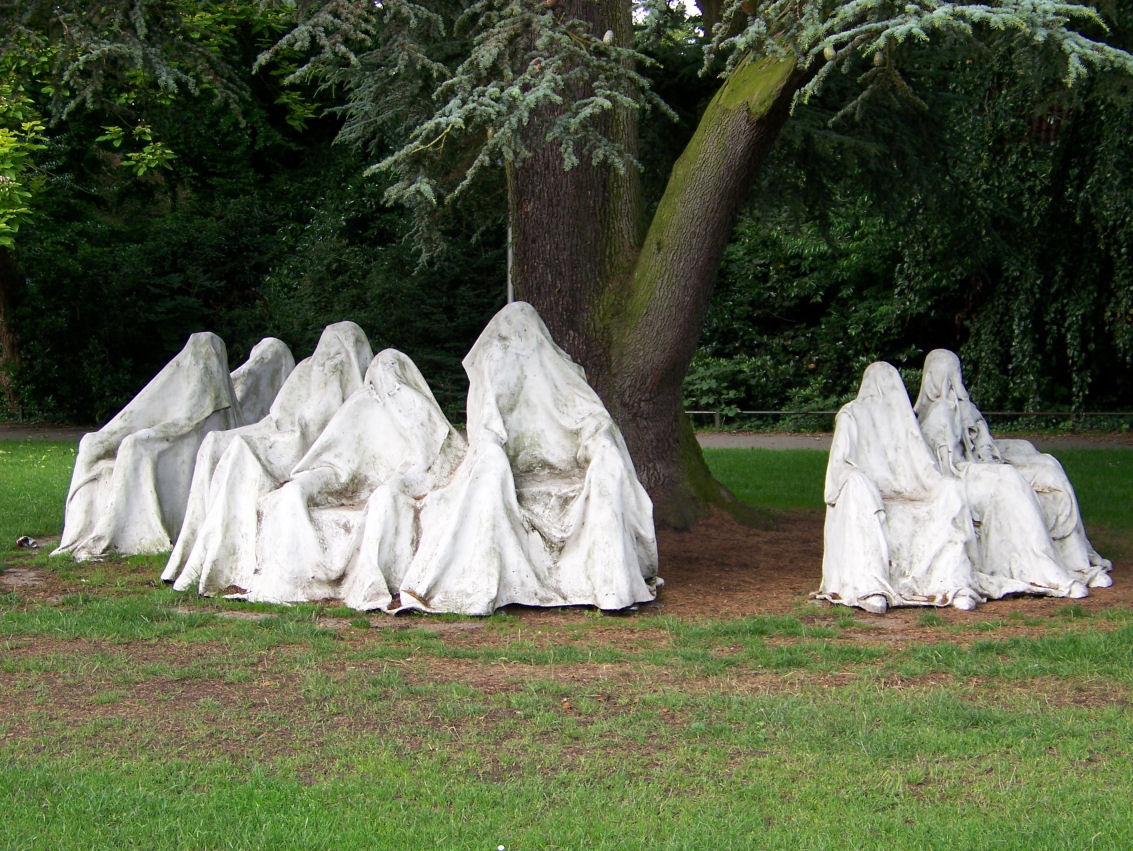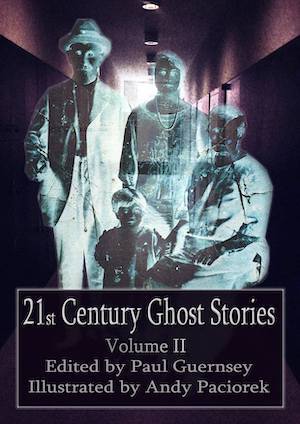Ghosts, Classified By Kind. Which One’s In Your Attic?
How many kinds or types of ghost are there? Until recently, we would have said one “regular” disembodied type, and a handful of “walking dead” variations. But then we read Roger Clarke’s book, Ghosts—A Natural History: 500 Years Of Searching For Proof—and learned how wrong we were.
Clarke is British, and it turns out that during the mid- to late 20th Century a small group of British ghost hunters threw the same level of passion into classifying ghosts that lepidopterists from Britain once invested in capturing and classifying the world’s butterflies. Except, there are a lot fewer species of ghosts: eight to be exact. Or is it nine? Or twelve?
In a chapter titled “A Taxonomy of Ghosts,” Clarke relies heavily on the work of ghost hunter and ghost-story collector Peter Underwood to describe each of eight types of apparition. He begins with the most primitive kind, which Underwood called an “Elemental.” Elementals are ghosts that move little if at all; instead they glare at passers-by from a single location—often from within an old burial ground. Underwood described them as “race-memory manifestations” in that they usually are dim reflections from the distant mythological past of the community in which they occur. According to Clarke, American ghost hunters might consider elementals to be demons rather than ghosts, as it is not clear whether they ever were human.
Poltergeists, unlike most ghosts, have the ability to throw things and otherwise move objects in the physical world. The destructive activities of a poltergeist usually occur only in the presence of a particular living person—often a teenage girl—who is then suspected of having caused the damages herself. People know relatively more about poltergeists than they do about other types of ghosts due to their popularity as the dramatic but invisible stars of Hollywood horror films.
Traditional or Historical Ghosts are the earthbound spirits of the dead. They put the haunt in haunted houses as well as other locations that were important to them when they were alive, and they frequently interact with the living.
Mental Imprint Manifestations are images or “energies” left over from a particular event, often a tragedy such as a murder or an execution. Like ethereal wind-up toys, these ghosts tend to repeat the same action over and over—walking across a room or opening a door. They also seem to appear on a particular date or at a particular time of night. Because they are “energies” rather than spirits, it is thought that mental imprint manifestations may lack consciousness.
Crisis or Death Survival Apparitions are ghosts, usually of friends or loved ones, that appear to people who are dying or grievously injured, or who find themselves in life-threatening situations. Combat troops and people who have been through major surgery sometimes report visits from this type of spirit.
Time Slips are an interesting phenomenon in which a living person suddenly finds her- or himself in the company of—even surrounded by—ghostly shapes from a bygone era. These time-slip images often include period pieces such as furniture or vehicles; figures in human form often seem oblivious to the presence of their mortal observers. Time slips are yet another case in which the ghost or ghosts involved may be projections that lack consciousness of their own.
Ghosts of the Living are the ethereal doubles of living people. These uncanny reflections are seen in places where the living person is not, and may never have been. In fact, the living original may be entirely ignorant of his or her ghostly duplicate.
Haunted Inanimate Objects are nonliving things that are able to move or otherwise act or cause misfortune on their own—think of a bed that rocks at night, a television that keeps turning itself on, or a keepsake that seems just the opposite of a good-luck piece. An elaborate—almost baroque—example of a haunted object might be Stephen King’s fictional automobile, Christine. According to Clarke, in Europe weapons and jewels frequently are haunted, while America has an obsession—not observed elsewhere—with haunted dolls and other toys. It seems likely that in many cases the actions of a haunted inanimate object could be confused for those of a poltergeist.
To Underwood’s taxonomy of eight ghosts, Clarke adds a subcategory of his own: The Ghosts of Animals. The author says it is extremely common for the spirits of dead pets to appear before their owners, much in the way of traditional ghosts or mental imprint manifestations. Other animal spirits—usually those of ferocious dogs—behave more like elemental spirits, frightening passers-by at particular crossroads or other lonely locations.
As we mentioned above, here at TGS we would argue that the walking dead might also qualify as one or more category of ghost. This group includes animated corpses—revenants—which are relatively archaic and seldom discussed nowadays, along with those two trendier manifestations, zombies and vampires.
But even if we accept the walking dead as full members of the ghost family, we must still deal with the question of whether they comprise a single category, or three separate ones. It would seem that further research is required. . . .


